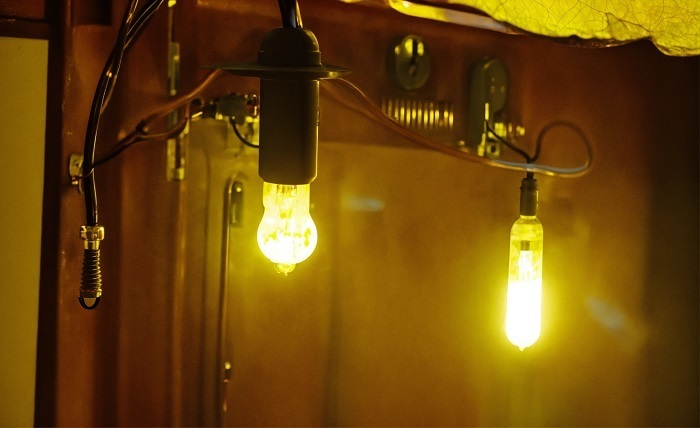Savings: Understanding Business Electricity Rates

Business electricity rates play a pivotal role in the financial health of any organization. As energy costs continue to rise, understanding the intricacies of these rates becomes essential for companies looking to optimize their expenses. In this article, we delve into the various factors influencing business electricity rates, different pricing structures, and actionable strategies to help businesses unlock significant savings.
Demystifying Business Electricity Rates:
Business electricity rates refer to the charges incurred by commercial entities for the consumption of electricity. These rates are determined by several factors, including market dynamics, government policies, and individual utility providers’ pricing strategies. Understanding how these elements interact is crucial for businesses aiming to manage their energy costs effectively.
Read more about actor-news
Factors Influencing Electricity Rates:
Several factors influence business electricity rates, including supply and demand dynamics, fuel costs, infrastructure maintenance expenses, regulatory requirements, and environmental policies. Additionally, regional variations and seasonal fluctuations can also impact electricity rates significantly. By staying informed about these factors, businesses can anticipate changes and develop proactive strategies to mitigate cost fluctuations.
Types of Pricing Structures:
Business electricity rates are typically structured in various ways, including fixed-rate, variable-rate, and time-of-use pricing. Fixed-rate plans offer stability by locking in a consistent rate for a specified period, providing predictability for budgeting purposes. On the other hand, variable-rate plans fluctuate based on market conditions, offering potential savings during low-demand periods but posing risks of increased costs during peak times. Time-of-use pricing structures vary rates depending on the time of day, encouraging businesses to shift energy-intensive activities to off-peak hours to capitalize on lower rates.
Strategies to Reduce Electricity Expenses:
Businesses can implement several strategies to reduce electricity expenses and optimize their energy consumption. These include investing in energy-efficient technologies, such as LED lighting and smart HVAC systems, implementing employee awareness programs to promote energy conservation practices, and conducting regular energy audits to identify areas for improvement. By adopting these strategies, businesses can lower their electricity consumption and realize substantial cost savings over time.
Comparing Providers and Negotiating Rates:
When seeking electricity providers for their business, companies should conduct thorough research to compare rates, contract terms, and additional services offered. Negotiating with providers can also yield favorable outcomes, as businesses may be able to secure competitive rates or customized contract terms tailored to their specific needs. Additionally, exploring renewable energy options and incentive programs can further enhance cost savings while demonstrating a commitment to sustainability.
The Future of Business Electricity Rates:
As the energy landscape continues to evolve, businesses must adapt to emerging trends and technologies to stay ahead of the curve. This includes embracing renewable energy sources, implementing energy storage solutions, and leveraging data analytics to optimize energy usage. By embracing innovation and sustainability practices, businesses can not only reduce their electricity expenses but also contribute to a more resilient and environmentally friendly energy ecosystem.
Read more about lebossduturf
Conclusion:
understanding business electricity rates is essential for companies striving to manage their operational costs effectively. By familiarizing themselves with the factors influencing rates, exploring different pricing structures, and implementing strategic measures to reduce energy expenses, businesses can unlock substantial savings while promoting sustainability. As the energy landscape evolves, proactive adaptation and innovation will be key to navigating future challenges and opportunities in the realm of business electricity rates.
FAQ:
Q: How can businesses reduce their electricity expenses?
A: Businesses can reduce electricity expenses by investing in energy-efficient technologies, implementing conservation practices, conducting energy audits, and exploring renewable energy options.
Q: What factors influence business electricity rates?
A: Factors influencing business electricity rates include supply and demand dynamics, fuel costs, infrastructure maintenance expenses, regulatory requirements, regional variations, and seasonal fluctuations.
Q: How can businesses compare electricity providers?
A: Businesses can compare electricity providers by researching rates, contract terms, additional services, and customer reviews. Negotiating with providers and exploring renewable energy options can also help secure competitive rates.
Q: What is the future of business electricity rates?
A: The future of business electricity rates involves embracing renewable energy sources, implementing energy storage solutions, leveraging data analytics, and promoting sustainability practices to optimize energy usage and costs.





